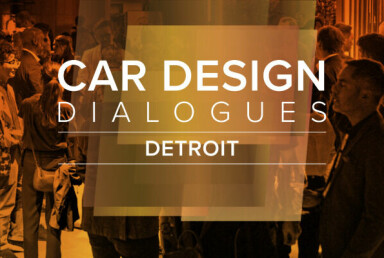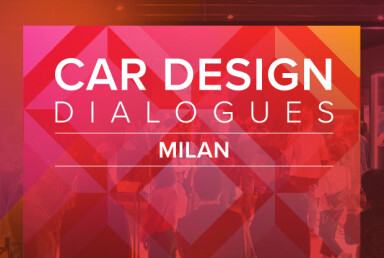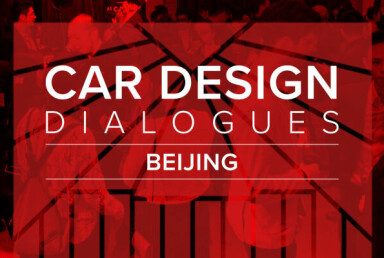Digital tools symposium
Review: 2025 Autodesk Automotive Summit Shanghai
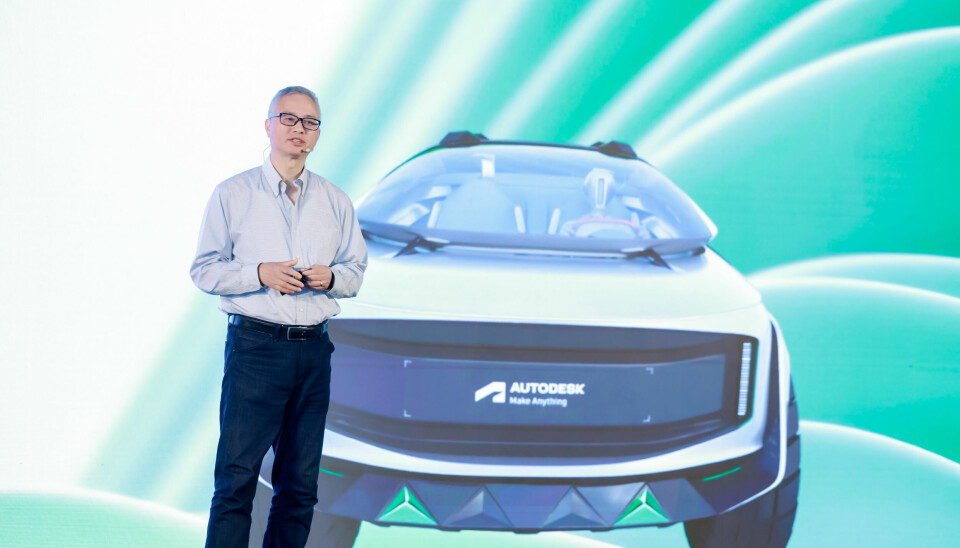
The Chinese automotive industry’s rapid ascent, from once-derivative followers to EV innovators, gave this year’s Autodesk Automotive Summit in Shanghai a palpable sense of momentum
The Chinese automotive industry’s well documented ascent to technological leaders in the EV era, meant that this year’s Autodesk event started with a palpable sense of momentum. The feeling was captured in the opening words by general regional director of Autodesk Greater China, Francis Sun, when he remarked on an industry in the throes of a "magnificent transformation."
Highlighting the simultaneous waves of autonomous driving and digitalisation sweeping the globe, he noted that Autodesk is already adapting to this new climate, with the company now looking to move "from providing products to providing value, from a transactional model to service-enabled empowerment."
The presentations from Autodesk's product leadership, including Thomas Heermann, outlined a future where technology's primary role is to amplify human potential and manage complexity
Over the course of the morning, presentations by Autodesk executives and Chinese industry leaders alike demonstrated how and why this is already in motion, with China’s automotive brands already decisively transitioning from followers to global leaders.
Their continued growth is being engineered with the most advanced digital design and manufacturing tools available, from AI-driven conceptualisation to fully integrated digital factories, enabling Chinese OEMs to navigate intense global competition. The future of mobility is not just being imagined in Silicon Valley or Europe but is being actively built and defined in China.
Beyond the specific features of the software, the summit provided a platform for strategic vision from both Autodesk and its customers. The presentations from Autodesk's product leadership, including Thomas Heermann, outlined a future where technology's primary role is to amplify human potential and manage complexity.
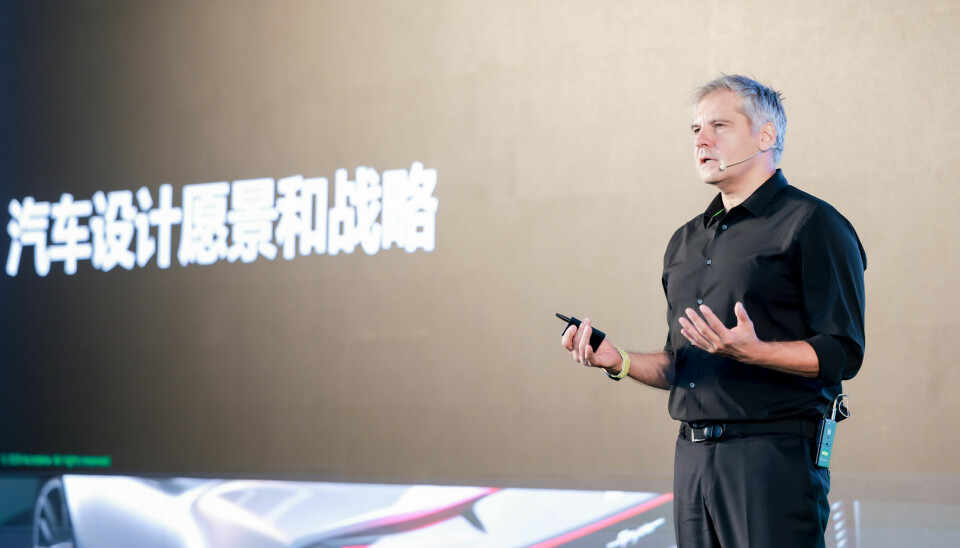
Transformation
The transformation of China's automotive industry from a domestic-focused sector to a global powerhouse formed the backdrop of the summit, with Rohit Auluck, Autodesk’s Industry Manager for Mobility and Transportation, presenting data that showed China’s local brands have already achieved market dominance, fundamentally reshuffling the competitive deck.
Digital tools have become a non-negotiable asset for survival and growth
“We see that Chinese brands already dominate the local market challenging Western brands,” he stated, before emphasising that this was merely the first act. The second is now playing out on the global stage, with Chinese exports making headway in Europe and Asia, backed by significant technological leadership, particularly in electric vehicles.
This global breakout is not accidental but the product of a calculated, technology-driven strategy. Chinese manufacturers operate in an environment of extreme pressure, as Qinghui Huang, director of Platform Design and Operation Management Design Centre, Shanghai Automotive Industry Corporation (SAIC) reinforced, describing development cycles that have been “compressed to previously unthinkable timelines,” all while consumer expectations for quality and features skyrocket amidst relentless cost pressure. As a result, digital tools have become a non-negotiable asset for survival and growth.
Autodesk’s suite of software, including Autodesk Alias for surface modelling and Autodesk VRED for high-end visualisation, is supporting brands to iterate designs with speed, visualise concepts with accuracy, and validate decisions within a collaborative digital environment. This allows Chinese OEMs to move from concept to market with a velocity going from initial ideas to production in just 18 months.
In this second era, as Chinese brands move from domestic dominance into the pursuit of export successes, Sun’s earlier mention of Autodesk’s product to value shift takes on clearer meaning. Brands now need to ensure that local innovations adhere to international quality and safety standards, a necessity for smoothing their entry into mature and demanding markets.
Artificial Intelligence as a creative tool
AI was high on the agenda, but the narrative this time was about how it has now moved beyond theoretical potential to practical application as part of several tools that are now actively reshaping the creative process.
The most striking example was the deep dive into Alias Form Explorer, a generative AI technology integrated within the design environment. This tool fundamentally alters the conceptual phase by enabling designers to input descriptive language prompts and generate a range of coherent, three-dimensional model options within seconds.
This is not about replacing the designer but expanding their creative palette, allowing for the exploration of hundreds of variations in the time it would traditionally take to sketch a dozen. With this, “we can quickly achieve creative explosions through AI, providing teams with more choices, breaking original creative barriers”, said Timo Gmeiner, product manager at Autodesk.
With Autodesk’s collaborative tools, design teams can maintain a seamless digital thread through every stage of the product lifecycle
However, the use of AI is not limited to creative endeavours, with the technology finding practical use in its engineering applications, where it can be used to create aerodynamic predictions while exploring design ideas. When trained on a company's proprietary data, the implications are profound: a designer modifying a surface in Alias can now receive immediate, AI-driven feedback on the impact on the vehicle's drag coefficient.
This real-time dialogue between form and function was previously impossible, often leading to compromises and costly late-stage revisions, but now aesthetics and performance can be optimised in tandem from the earliest stages, thus saving enormous amounts of time and providing far greater clarity in the conception process.
This "AI co-pilot" model for engineering was further elaborated upon with examples of structural analysis. Engineers can now set performance targets and parameters and the AI can generate and evaluate countless design permutations, suggesting optimal geometries that meet strength requirements while minimising weight.
As such, the benefits extend beyond mere speed, with AI now helping to more accurately validate the engineering and decisions taken and produce a better product at each stage of the process. Of course, this only applies if the underlying data is of a high standard, meaning that brands with a healthy dataset of their own proprietary work will get the best results.
Connectivity
Another recurring theme was the critical importance of connectivity. In today’s automotive industry, innovation stifles in isolated silos, but with Autodesk’s collaborative tools, design teams can maintain a smooth digital thread through the product lifecycle.
The most impactful demo of this principle was the unveiling of deep interoperability between Alias and VRED in the 2026 releases. The audience saw a surface modification made in Alias propagate instantaneously to a high-fidelity, lit, and textured model in VRED. This elimination of manual data translation and material reassignment, a process that could previously take days, represents a huge leap in efficiency, allowing designers to maintain creative momentum and experience the true look and feel of a design without frustrating delays.
The philosophy of connection can also be found in the concept of the digital factory. The case study of the Volkswagen Anhui MEB plant, presented in detail by Gao Yuxing, Director of BIM Centre, Dongyan Intelligent Design, served as a real-world validation, illustrating how Autodesk's integrated suite, using Autodesk Forma for initial site and flow planning, Autodesk Revit for detailed architectural and MEP design, and Autodesk Inventor for production line layout, creates a single, authoritative digital model.
This model then becomes a collaborative hub where architects, process engineers, and construction managers can work simultaneously, identifying and resolving spatial or logistical conflicts long before physical construction begins. The results are impressive, “improving design efficiency by 40%, shortening the design cycle by 35 days”, and eliminating “over 7,000” potential on-site inconsistences, according to Gao, significantly reducing waste, risk, and cost.
The digital thread does not end when the factory is built. This same comprehensive model is delivered to the owner for operational use, becoming a dynamic digital twin that can be used for facility management, energy monitoring, predictive maintenance, and even simulating production line optimisations, meaning feedback from an operating factory can inform the design of the next one.
Some of the most compelling insights, however, often came from the OEMs themselves, who stressed that technology is only one piece of the puzzle.
Speed & Storytelling
Leaders from SAIC and XPeng articulated the idea that sustainable advantage comes from organisational and cultural strength. SAIC’s Huang discussed the necessity of parallel organisational and process transformation, explaining how the design function must expand its influence to bookend the product lifecycle, participating in early product definition and later marketing storytelling.
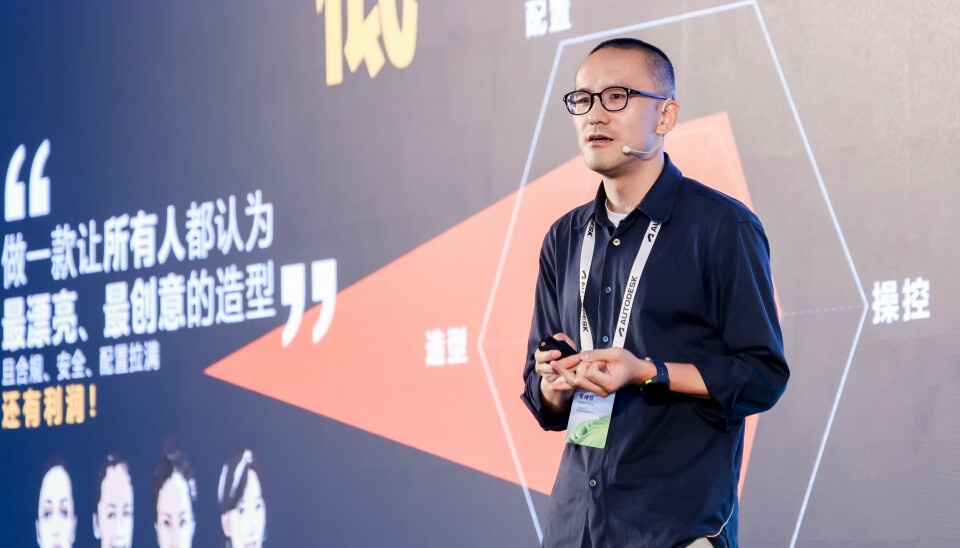
He also highlighted the need to move from hierarchical structures to networked, agile teams empowered by digital tools to make faster, more informed decisions. Using a vivid metaphor for the challenge of transforming a large company, which he likened to “an elephant turning round”, he expressed his hope that with partners like Autodesk, "we can turn around as fast as a leopard."
Similarly, Wang Hao Head of Digital Design, Shanghai Design Centre, XPeng Auto delivered a compelling argument for strategic patience in an era obsessed with speed. He remarked that XPeng's official strategy for 2025 is to “slow down,” a deliberate move to strengthen its foundational "digital infrastructure."
Wang defined this infrastructure as the combination of talent, processes, data assets, and culture that supports the technology, presenting a formula where “Quality = People x Time x System,” arguing that investing in all three variables is crucial for sustainable success. "Fast is not necessarily good," Wang stated. "Fast should be the result, not the cause."
Autodesk has positioned itself as an essential partner on that journey, providing the digital clay from which the future of mobility will be shaped
His perspective underscored that in an era where AI can democratise access to technology and efficiency, the ultimate competitive differentiator will be a company's depth of understanding of its brand, its customers, and its own operational capabilities.
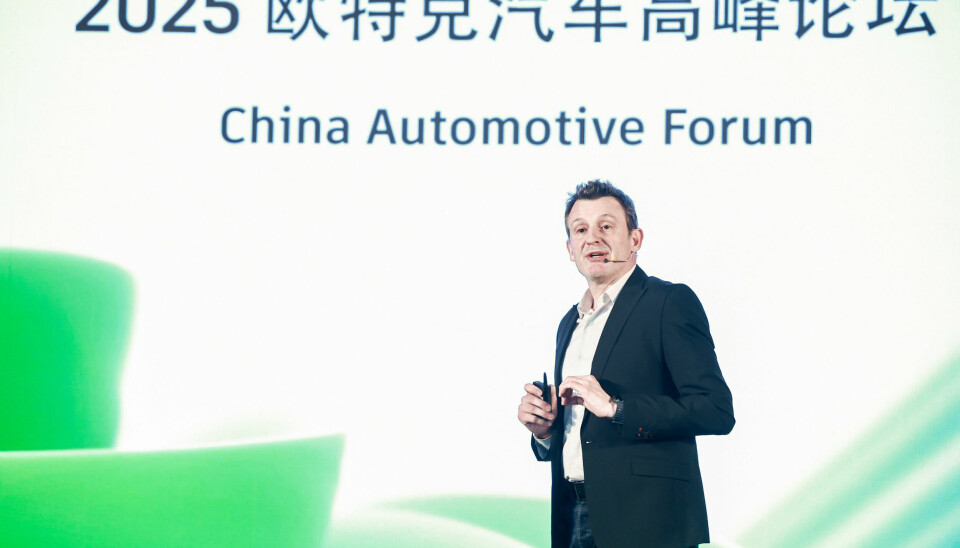
Ramon Ginah, design director at Dongfeng Shanghai Design Center, reinforced this human-centric view. “AI is not our driver; it is only an amplifier of our capabilities,” he said. “Our philosophy, brand tone, and design ethics are still the steering wheel.” He demonstrated this with the ‘M Hero’ concept, which used Autodesk software to translate traditional Chinese cultural symbols, like the ‘Awakening Eastern Lion’ into a modern vehicle design.z
Ginah demonstrated the ‘M Hero’ concept, which used Autodesk software to translate traditional Chinese cultural symbols, like the ‘Awakening Eastern Lion’ into a modern vehicle design
This proved that technology is most powerful when used to amplify a unique cultural voice and brand identity, rather than homogenise global design. Ginah's presentation was a reminder that in the age of AI, a brand's soul and narrative are its most valuable assets.
The summit concluded with a forward-looking perspective from Xue Long, director of Digital Innovation Centre, Haisum, who spoke about the future of data itself. He envisioned a move beyond 3D models to a "system model," a central database containing all project information that would drive future AI-driven design and automation. This vision of a fully integrated, data-centric approach encapsulates the direction of the entire industry.
“The China Automotive Forum 2025 continues to be an inspiring and impactful experience. The event was filled with excellent presentations, valuable insights, and forward-thinking ideas shaping the future of mobility’” summarised Thomas Heermann, Vice President for Automotive, Concept Design and XR at Autodesk. “It was an energising day that truly showcased the strength and dynamism of the Chinese automotive industry.”
The 2025 Autodesk Automotive Summit demonstrated that the industry's future will be won by those who best integrate intelligent tools like AI into a holistic system. It’s a future where technology amplifies human creativity, data flows seamlessly from concept to factory floor, and strategic depth determines the winners. Autodesk has positioned itself as an essential partner on that journey, providing the digital clay from which the future of mobility will be shaped.
